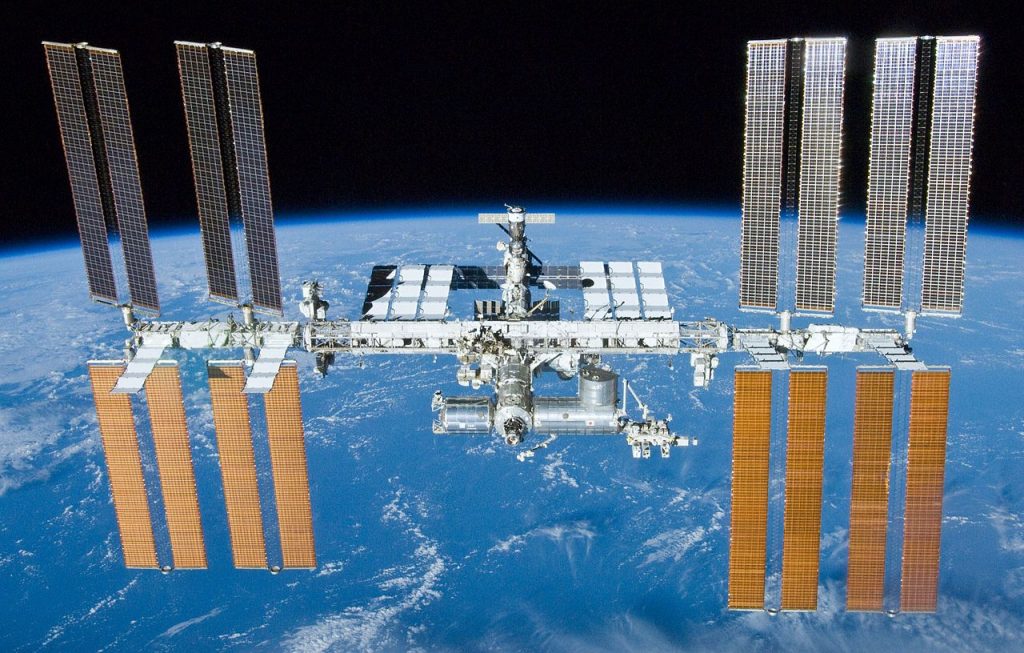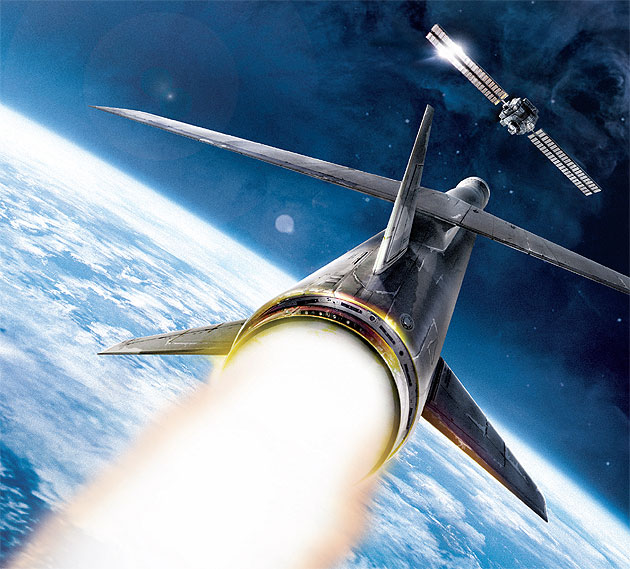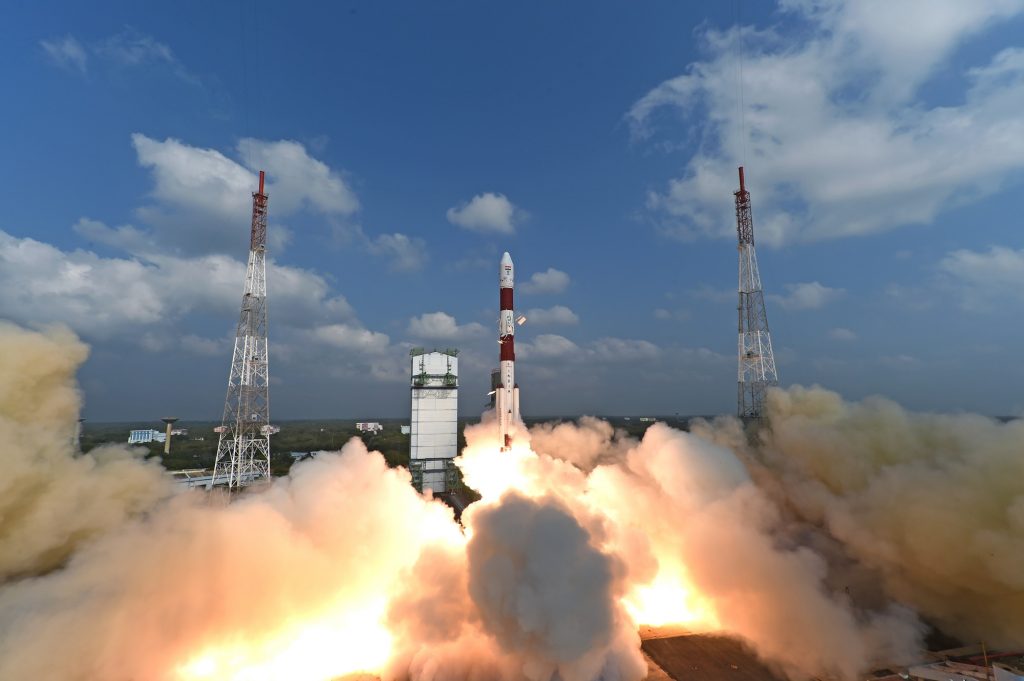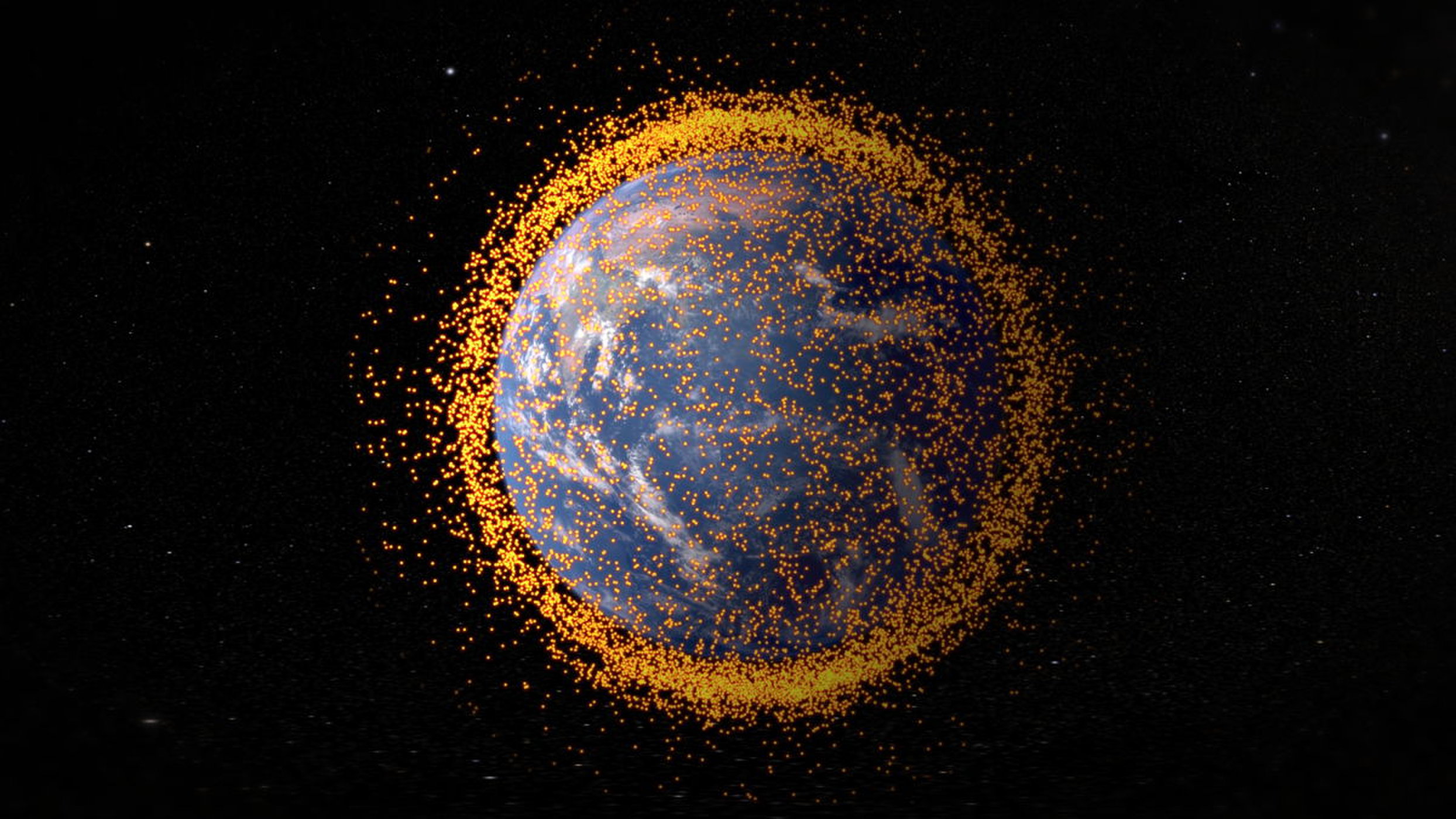Last week, in a move that left many perplexed, the nation of India destroyed one of its own satellites. According to a statement made by Prime Minister Narendra Modi, this operation (“Mission Shakti”) was conducted using a new type of anti-satellite missile. With this one act, Modi claimed that India had “established itself as a space power”, effectively joining the United States, Russia and China.
Unfortunately, this demonstration has created a cloud of orbital debris in Low Earth Orbit (LEO). According to a recent statement made by NASA Administrator Jim Bridenstine, this debris poses an “unacceptable” threat to the International Space Station. In this sense, by flexing its muscle as a space power, India may have caused some serious disruption to international efforts in space.
Bridenstine made the statement during an agency-wide Town Hall meeting, which took place on Monday, April 1st, at NASA’s Headquarters in Washington, DC. While discussing matters related to NASA’s plans for renewed lunar exploration and eventual crewed missions to Mars, Bridenstine was asked how the missile test might impact NASA efforts and astronauts in Low Earth Orbit (LEO).
“It is absolutely true that intentionally creating orbital debris fields is not compatible with human spaceflight,” he replied to Patrick Murphy of NASA’s Space Technology Mission Directorate (STMD), who broached the subject. He then went on to describe what NASA currently knows about the missile test and the debris field that resulted:
“We know that we have identified 400 pieces of debris from that one orbital event. That’s what’s been identified. Now all of that cannot be tracked. What we are tracking right now, objects big enough to track – we’re talking about 10 centimeters [~4 inches] or bigger – about 60 pieces have been tracked. In other words, we’ve got a tracking number and we’re able to keep up with where they are. Of those 60, we know that 24 of them are going above the apogee of the International Space Station.”
These actions, he claimed, are”a terrible, terrible thing” and are antithetical to what NASA and other space agencies are committed to – which is the commercialization of LEO. Between the deployment of commercial space stations, internet and research satellites, and studies in microgravity, there are no shortages of interests that would be threatened by this sort of military testing.
Bridenstine also indicated that they are continuing to monitor the debris field and are learning more about it and the risks it poses on an hourly basis. Based on assessments made by NASA experts and the Combined Space Operations Center (CSpOC) last week, Bridenstine claimed that the risk of collisions with the ISS had increased by %44 over a period of just ten days.

Worse than that is the threat of escalation, said Bridenstine, where one nation engaging in such tests will encourage others to do the same. This stands in contrast to recent comments made by space scientist Ajay Lele, who expressed his thoughts on the anti-satellite test in an interview last week with the state-owned India media network Doordarshan:
“India has demonstrated a deterrence capability. It is unlikely that India would have raised the ante against any other country at this stage… An outer space treaty doesn’t allow using weapons of mass destruction in the space. A similar test by China in 2007 has left behind a lot of debris which is still floating around.”
Curiously enough, this same incident was cited by Bridenstine as an example of how anti-satellites missile tests are unacceptable since they create an enduring problem of space debris. “You go back in time [to] 2007,” he said, “direct-ascent anti-satellite test by the Chinese, all of that orbital debris is – not all of it – but a lot of it is still in orbit and we’re still dealing with it.”
The bottom line, according to Bridenstine, is that this sort of behavior is unacceptable and completely inimical to the peaceful development of LEO. It is also a burden to NASA, he said, which is responsible for conducting space awareness and traffic management analysis for the entire world, a service which it provides for free:
[W]e’re doing it for free – compliments of the taxpayer of the United States of America – [for] an orbital debris field that was created by another country. Why do we do that as a nation? Because it’s the right thing to do, because we want to preserve the space environment.”

This is in keeping with the’STMD responsibilities as outlined by Space Policy Directive Three – which was issued in June of 2018. This directive, for the first time in history, tasks NASA with developing the technologies and capabilities that will ultimately ensure that these kind of debris clouds can be tracked more closely in the future.
One of the main goals here is to bring synthesis to separate tracking efforts that are currently being conducted by government entities like the US Air Force (USAF) and the United States Strategic Command (USSTRATCOM). These efforts will henceforth be overseen by the US Commerce Department, since the focus has shifted historically from ensuring national security to fostering economic development.
“NASA has a role to play here,” Bridenstine concluded. “Especially when it comes to protecting the lives of our astronauts… we’re the only agency in the federal government that has human lives at stake here and it is not acceptable for us to allow people to create orbital debris fields that put at risk our people.”
“Know this, while the risk went up %44, our astronauts are still safe, the [ISS] is still safe. If we need to maneuver it, we will. The probability of that I think is low. But at the end of the day, these activities are not compatible or sustainable with human spaceflight.”

India has made some very significant strides in recent years. These include the deployment of the Mangalayaan spacecraft – aka. Mars Orbiter Mission (MOM) – which became the first robotic mission to achieve orbit around Mars on the first try. More recently, India set a new record for the number of satellites launched as part of a single mission (104).
This was followed by the announcement that India would be sending three astronauts to space by 2022, as well as the unveiling of the spacesuits that they would be using for the mission. These and other developments illustrate how far India has come as a nation and reflect its desire to become the fourth major space power in the world.
However, much like China, India’s recent actions show how national space programs still have a certain militaristic edge to them. Between the US, Russia, China and India, all of the major accomplishments that took place in the past 70 years were tied to the development of rocket systems that were designed to deliver nuclear payloads.
However, the notion of military competition in space is a holdover from the previous century and must be allowed to become obsolete. What is needed now more than ever, and what has been achieved in many respects, is a spirit of cooperation in space and the peaceful development of its resources. As programs like the ISS aptly demonstrate, what affects one affects all.
As the lunar plaque that was delivered to the surface of the Moon by the Apollo 11 crew states, “Here men from the planet Earth first set foot upon the Moon, July 1969 A.D. We came in peace for all mankind.” And though the Cold War was a time of immense competition, the era of separate destinies in space has run its course.
Further Reading: Business Insider


Because it’s not mentioned in the article, here is a reference:
https://www.universetoday.com/12894/us-cruiser-strikes-dead-spy-satellite/